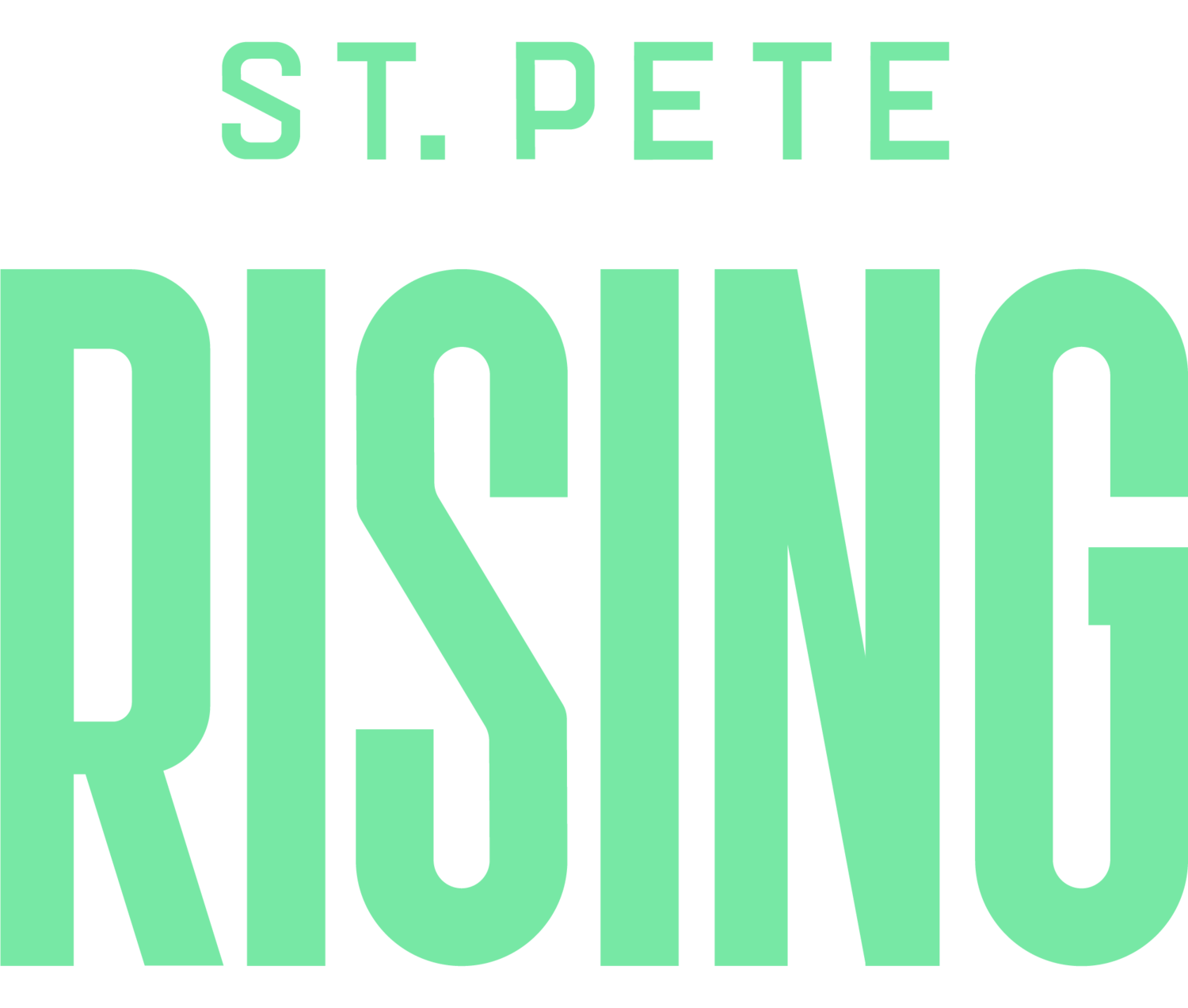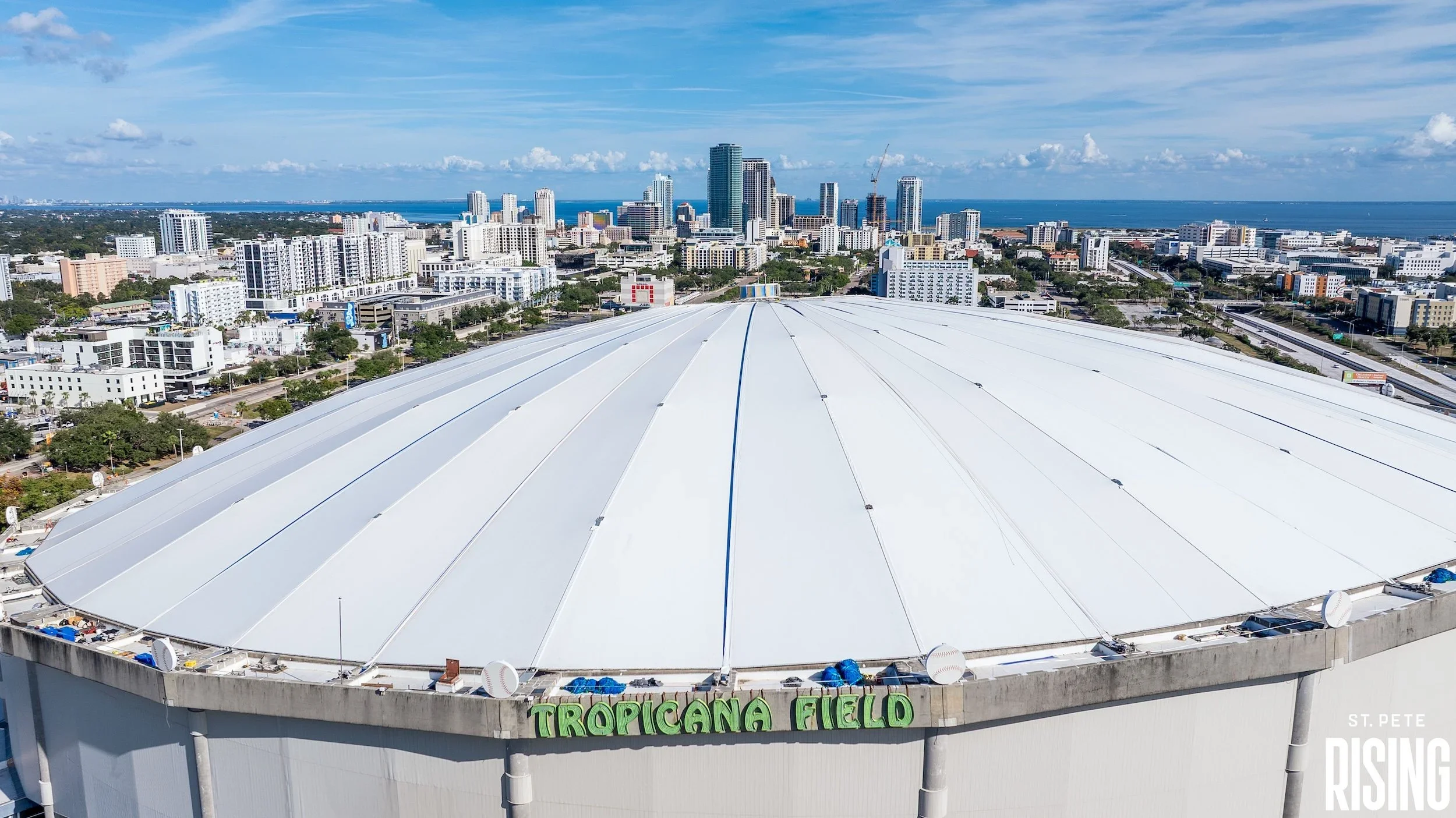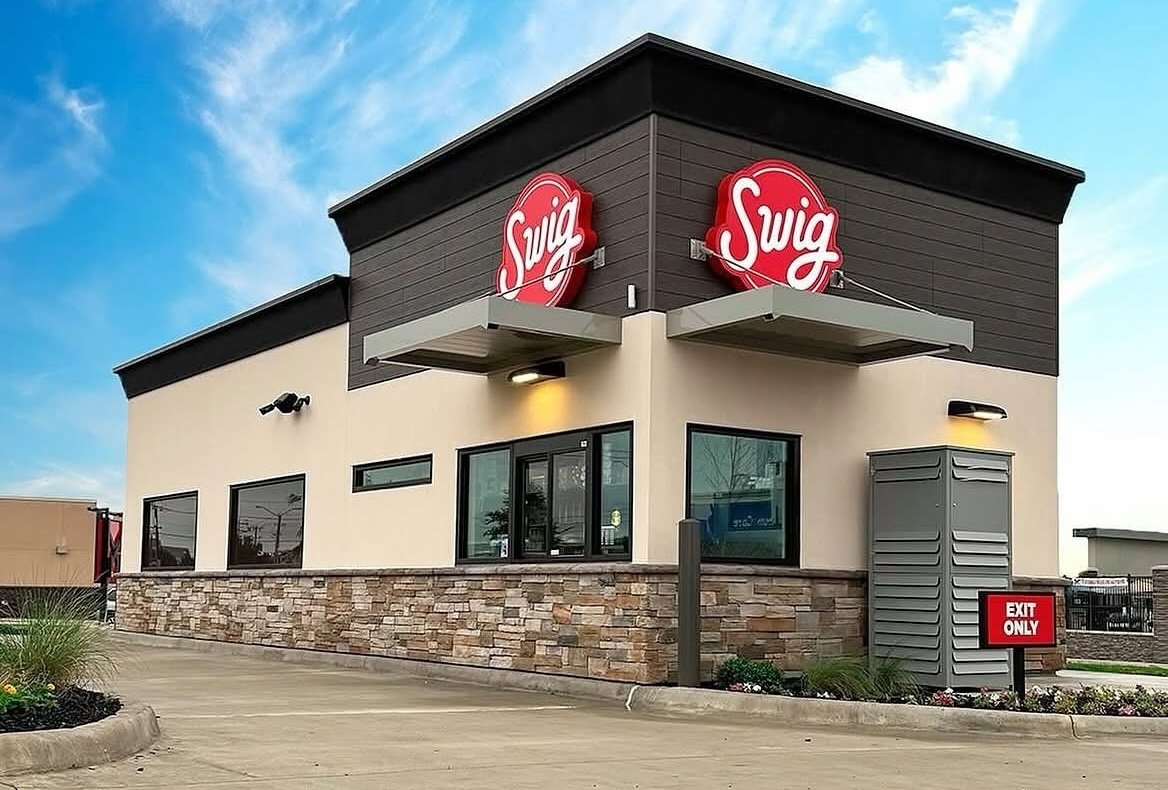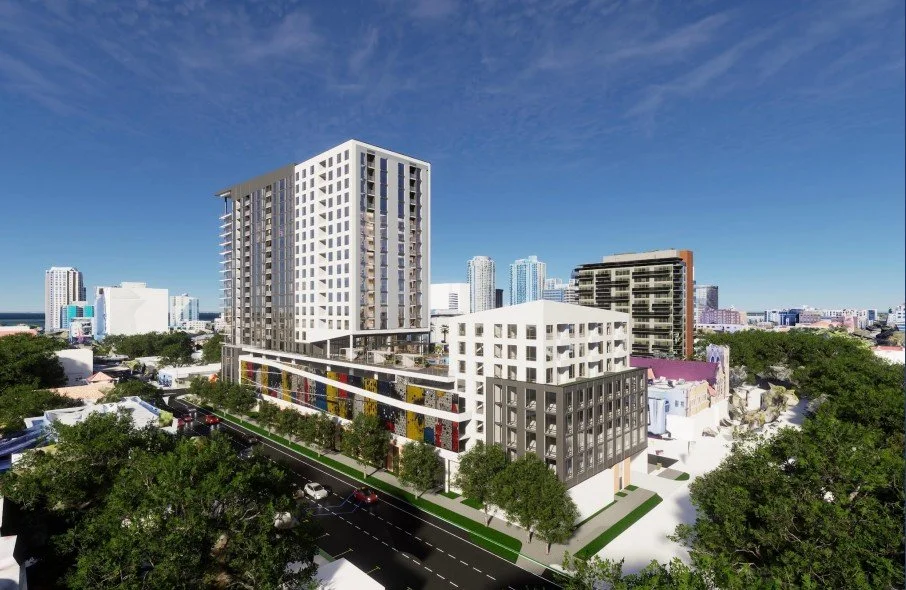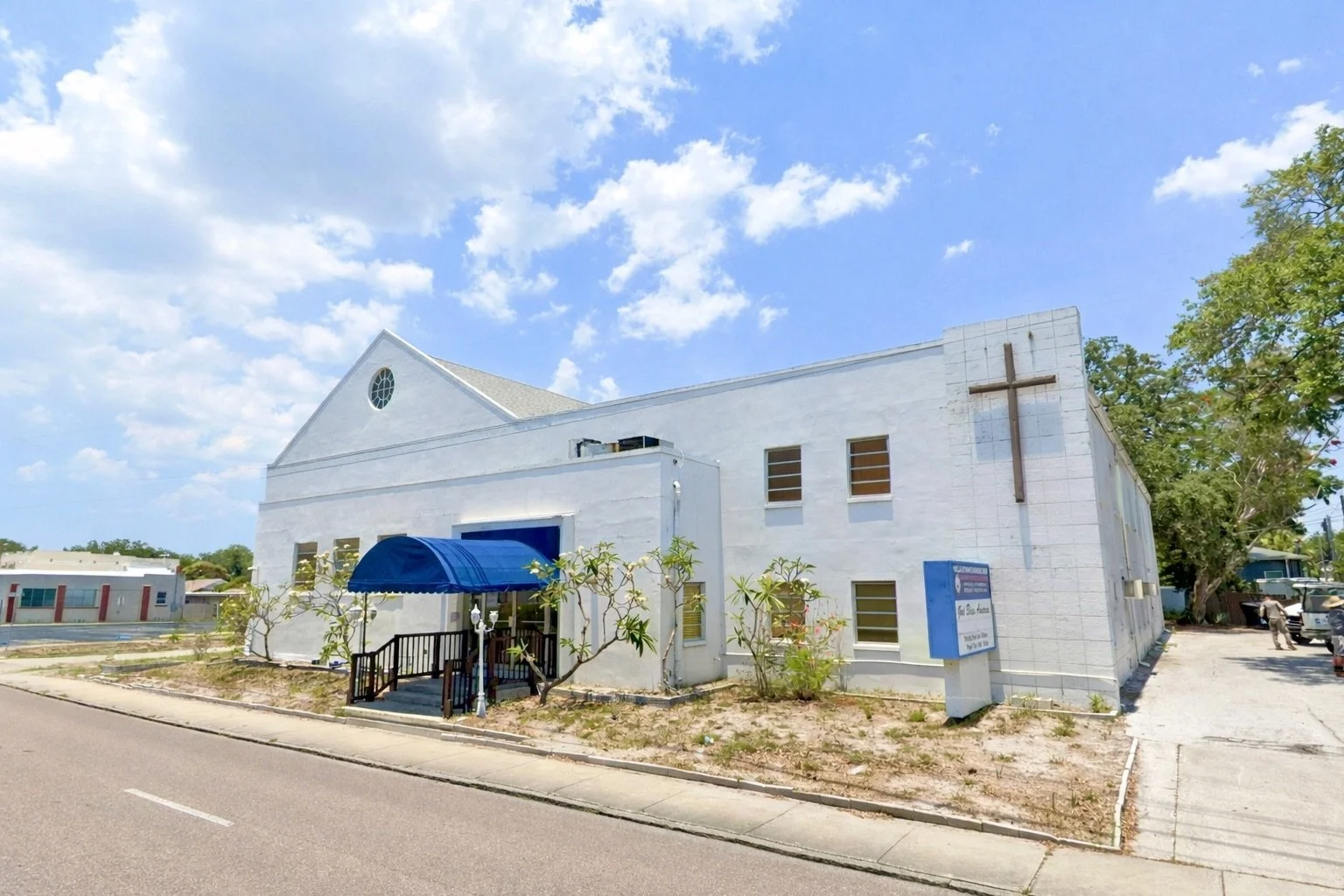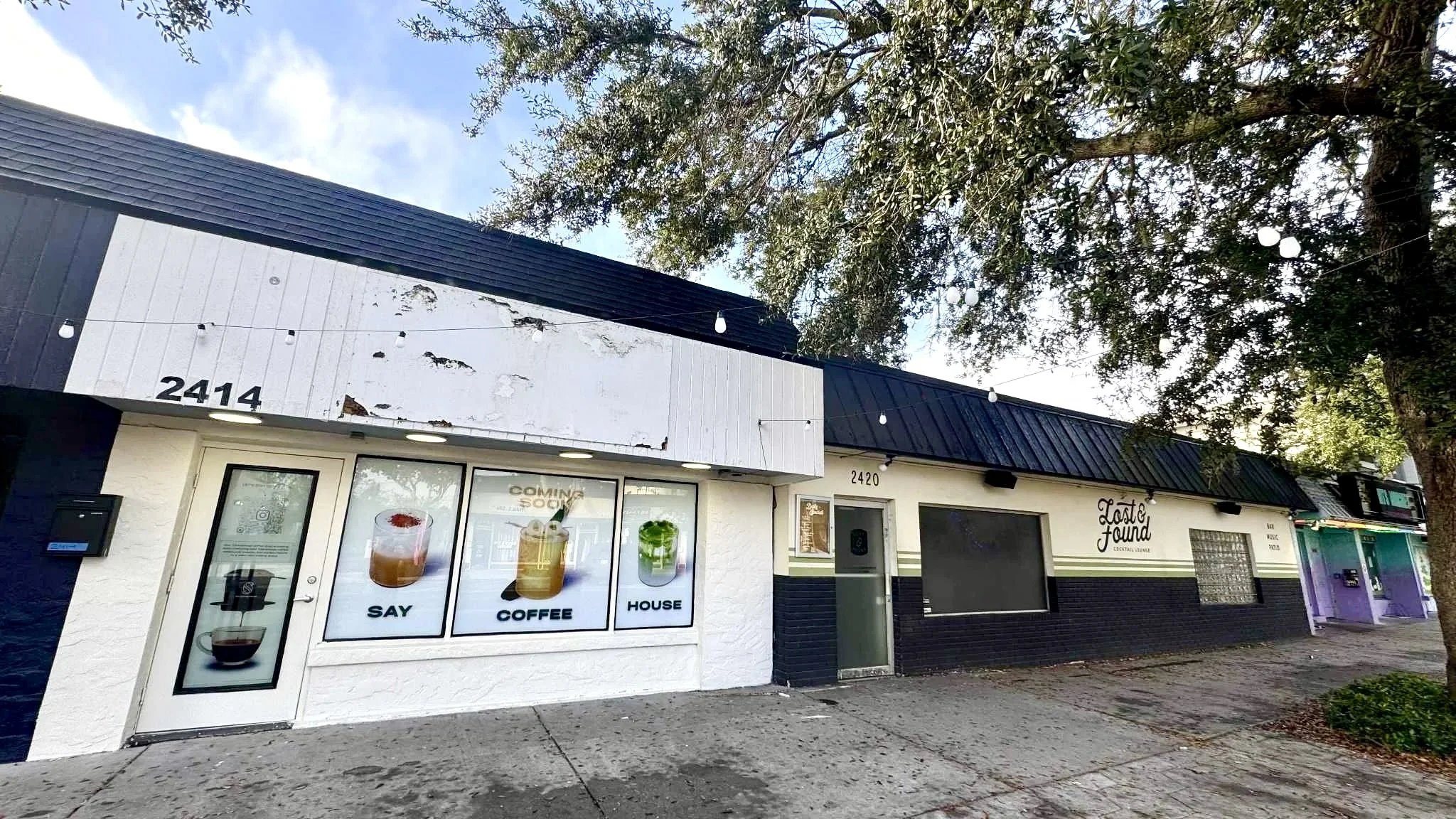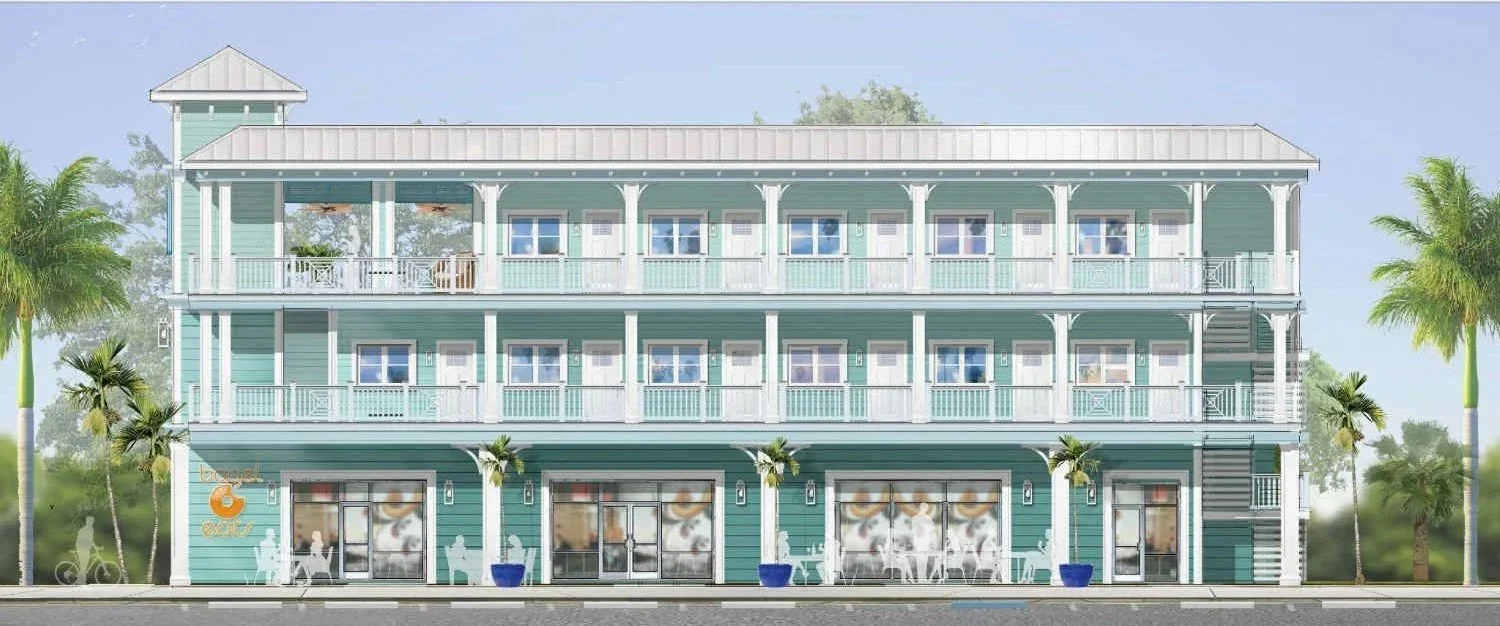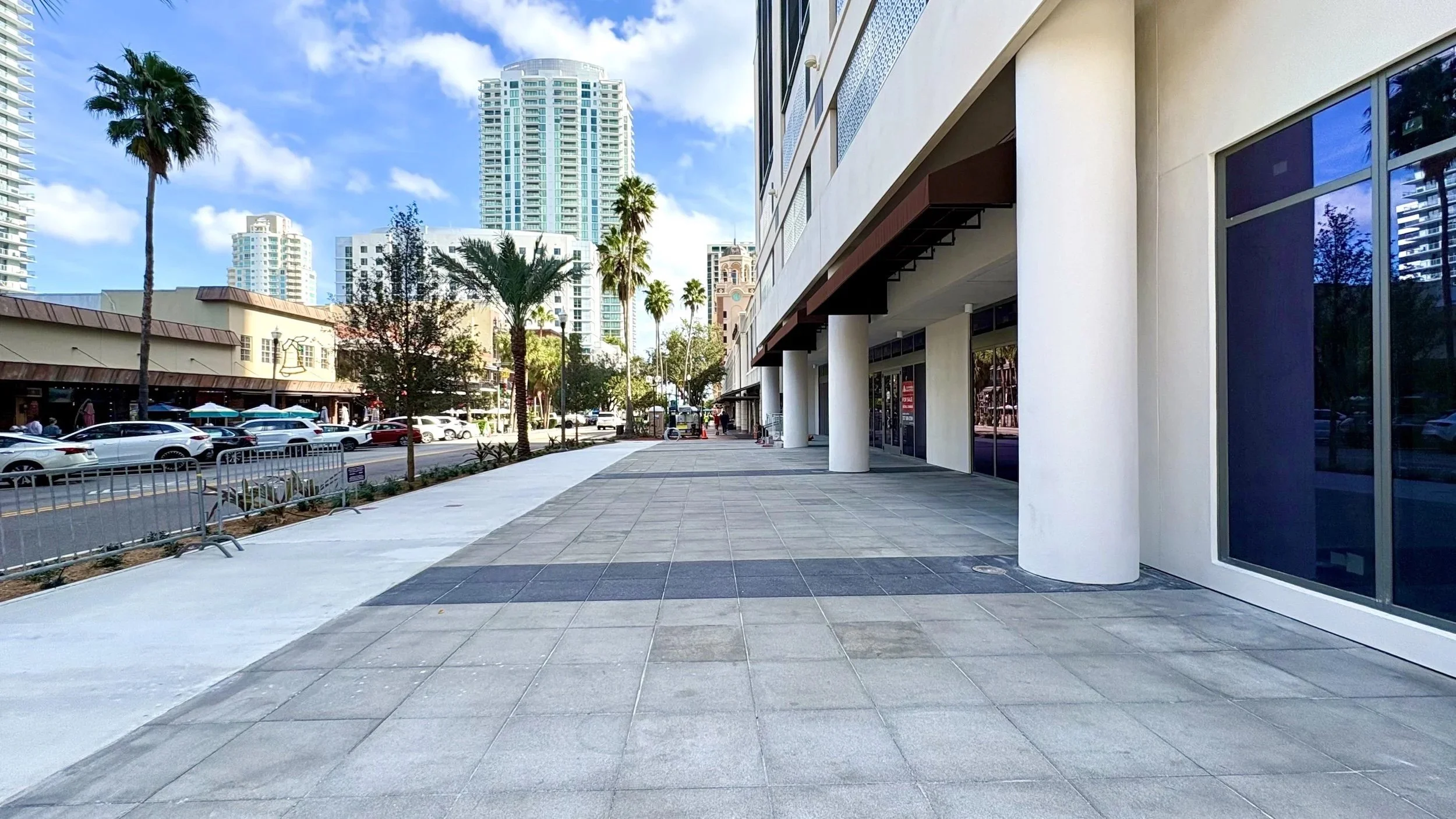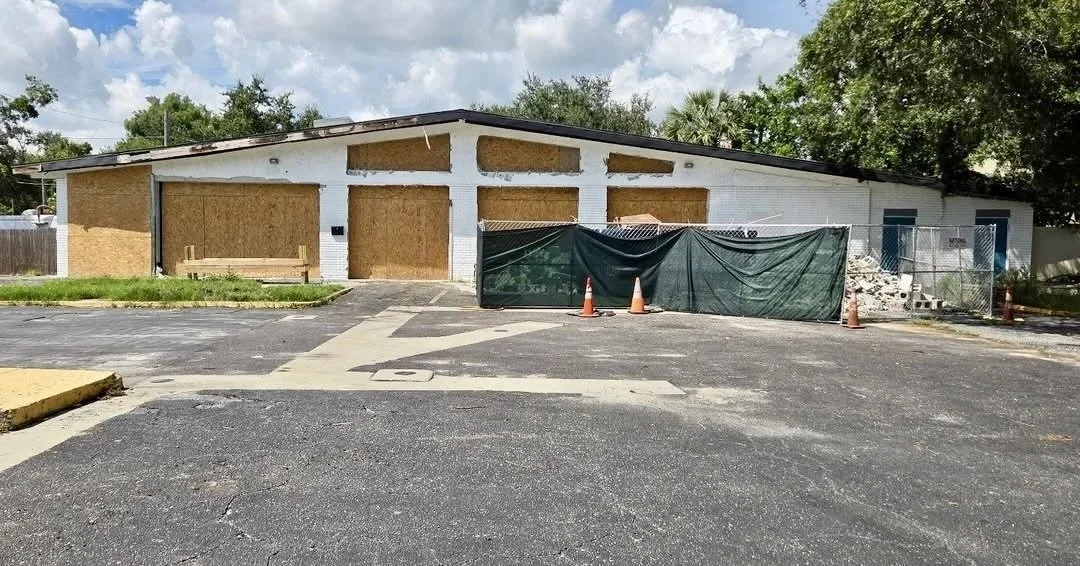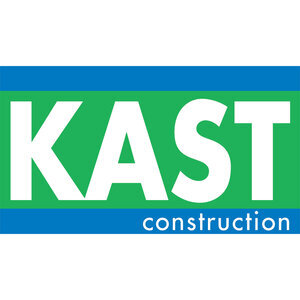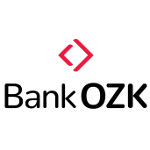SunRunner celebrates record ridership, announces new station near Beach Drive in downtown St. Pete
/“Beach to Burg” is a tagline used by the SunRunner bus rapid transit system, the $44-million, 10.3-mile route that debuted in October and links downtown St. Petersburg to St. Pete Beach via dedicated lanes running along 1st Avenue North and 1st Avenue South.
But soon the slogan may need to be “Beach to Bay.” That’s because the Pinellas Suncoast Transit Authority (PSTA), which oversees the SunRunner — Tampa Bay region’s first and only bus rapid transit line — plans to add a new station near Beach Drive, one of St. Pete’s most popular areas for shopping and dining and just a block away from the St. Pete Pier and the Tampa Bay waterfront. The station will be located along 1st Avenue North between 1st Street and 2nd Street in downtown St. Pete.
The station will be located along 1st Avenue North between 1st Street and 2nd Street in downtown St. Pete. | psta
“SunRunner’s colorful, efficient buses and beautiful bus stops have literally transformed our community,” said Brad Miller, Chief Executive Officer of PSTA. “There are fewer vehicles on the road, more people attending events, eating out, shopping at local businesses. SunRunner is truly improving our quality of life and helping drive our economy. The best is yet to come!”
In announcing the new station, PSTA also announced that it plans to purchase two new buses and put them into service along the SunRunner route. The new buses will make service more reliable and ease congestion on peak days. The new station is expected to open next year.
The new station and buses are made possible because the route was originally completed under budget by $5.3 million. PSTA could either send the unspent funds back to the federal agency or keep the money in the local economy for route improvements. Yesterday, the Federal Transit Authority (FTA) approved using the remaining funds for improvements to the project.
At present, the SunRunner has 30 stops, with buses arriving about every 15 minutes. A new station in downtown st. pete will add a new stop near Beach Drive | psta
At present, the SunRunner has 30 stops, with buses arriving about every 15 minutes. The easternmost stop is at the intersection of 6th Avenue South and 3rd Street South, near the University of South Florida St. Petersburg campus, while the westernmost stop can be found at the St. Pete Beach public access area at 4700 Gulf Boulevard.
The SunRunner has, by all accounts, been a success since it launched. Ridership levels have continued to increase each month with a record 115,218 trips in March, or about 3,700 riders per day. Ridership hit its single-day peak on Localtopia with nearly 5,200 riders.
The service was available free of charge for its first six months. In February, the PSTA board voted to extend the promotional period for another six months, with fare collection beginning in October 2023.
Some local leaders, including St. Pete City Council Member Gina Driscoll, have called for the SunRunner to permanently be a fare-free route. When, or if, PSTA begins collecting fares, a one-way ticket will cost $2.25, while an all-day pass will be available for $5 via the Flamingo Fares mobile app.
Ridership for psta’s sunrunner has increased every month since service began in October 2022 | PSTA
The SunRunner bus rapid transit line is a premium transportation option with amenities like level boarding platforms, traffic signal priority, Wi-Fi, and three bike racks on each bus. The stations are designed with digital screens, branded colors, shade structures, and glass panels by local artist Catherine Woods.
Some SunRunner stations are equipped with bike racks if cyclists prefer not to take their bikes while they ride. Many stations are also located near bike-share stations or scooter corrals. And a new e-bike bike-share program recently approved by the City of St. Petersburg will add more bike-share hubs along the SunRunner route when it launches next week.
“Residents and visitors are saving time and avoiding the hassle of looking for parking downtown by riding the SunRunner to special events in our city,” added St. Petersburg Mayor Ken Welch. “The service is also providing new opportunities for local businesses to open along the route. Land that was under-utilized or vacant is being redeveloped because residents and businesses want to be near the SunRunner.”
The bus rapid transit line is expected to spur economic development along the Central Avenue corridor. A 2020 study by the American Public Transportation Association (APTA) determined that every $1 invested in public transit generates $5 in economic benefit.
Another recent APTA and National Association of Realtors study analyzed the economic impact of BRT systems in Hartford, CT and Eugene, OR - cities that, like St. Pete, don’t have rail public transit. In those cities, the value of property close to BRT stations has increased far more than in other areas.
The city of st. petersburg is preparing discussion on land use and zoning changes for stations along the sunrunner corridor | city of st. petersburg
PSTA CEO Brad Miller has said public transit stops are a lure for development partly because unlike normal bus routes they are unlikely to be moved to other locations.
The City of St. Petersburg recognizes the potential impact of the SunRunner and is taking preliminary steps to adjust the zoning and development regulations around certain SunRunner stations to encourage transit-oriented development (TOD). The changes are expected to start taking effect later this year.
For more information on PSTA’s SunRunner bus rapid transit line, visit their website.
